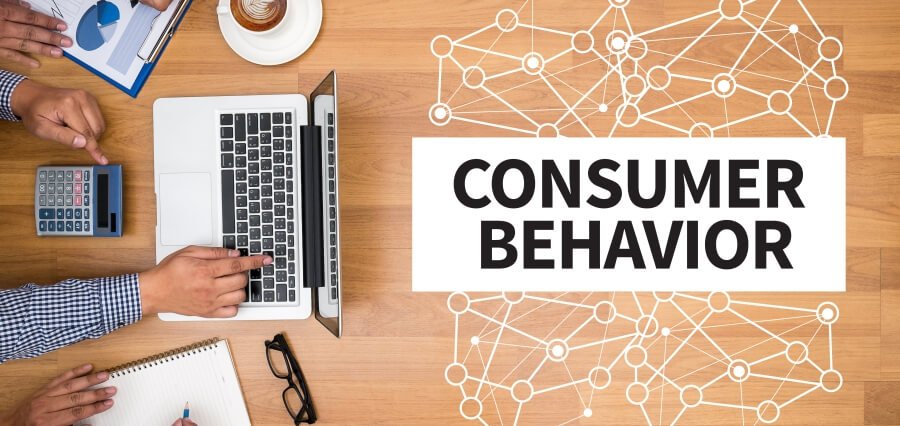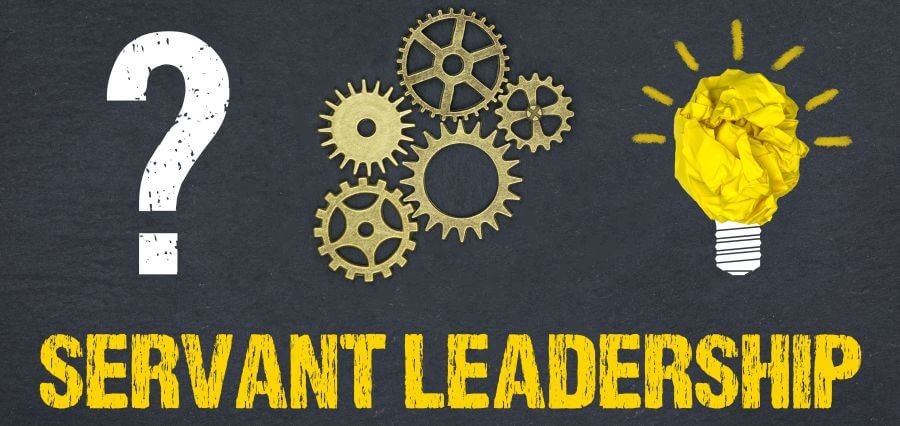Consumer behaviour is an interesting phenomenon to study in marketing, as it gives us an insight into why consumers select certain options. No matter how small it may be, every purchase is accompanied by a unique set of psychological, social, emotional, and personal factors. Consumer behaviour is more than a simple logic issue in terms of how we shop; it is a reflection of what we think, what we value, and how outside factors influence our decisions. Presently, marketers devote more hours to understanding the consumers’ behavioural patterns since it helps them establish a closer connection with their targeted audience and predict the needs of the customers before they actually express them.
Consumer behaviour at its essence is a study of the decision-making process of an individual on how to allocate his/her money, time, and attention to the purchase of goods or services. This exercise unveils the deliberators of decisions, thereby helping companies and customers alike to figure out what motivates human choices. Through studying trends, businesses will be able to customize products and services that will attract more loyal customers. Though, what makes consumer behaviour so intriguing is that it remains an ever-evolving phenomenon. It is still affected by people’s buying habits that are shaped by trends, technology, and culture.
The Psychology Behind Consumer Behaviour
One of the key components in consumer behaviour is the psychological aspects. The truth of the matter is that human beings seldom opt for the completely rational approach when it comes to shopping. Most of the time, in addition to rational arguments, emotions, nostalgia, or even impulses play a larger role than we admit. For example, the pleasure of having a luxury good is not necessarily due to the practicability of the good but is a result of the emotional status it brings to the user. Also, the fear of missing out, which is quite frequently exaggerated by the existence of a limited number of products or only a short time of offer, can allow the consumers to behave more quickly in comparison with their normal speed. Marketers habitually use such psychological hooks as a means of crafting adverts that professionally appeal to the base human desires.
The idea of perception also influences consumer behaviour significantly. The perception of a brand by the consumer, which can be through advertising, feedback, or the message, can have a very big effect on the decision of purchasing. They can be exactly the same products but at different prices, and still, the one with the most powerful brand is usually the one that has more sales and revenue. In fact, people’s perception of a product often counts for much more than even the product’s real features.
Social Factors that Influence Decisions
Although individual processes of thinking are significant, social context has an equally big impact on consumer behaviour. Friends, family members, co-workers, and even online community members are the main influencers of the buying patterns. An endorsement from a personal friend or good reviews from influential people can easily cause the scales of a potential buyer’s decision to fall on the side of a certain product. In the present digital era, micro-influencers have a formidable impact on audience behaviour as it is because they are considered as being relatable and trustworthy.
Consumers’ cultural values and social class are among the factors that determine the purchasing behaviours of the consumers. People who are from a culture that lays a great emphasis on minimalism may tend to go for products that are utilitarian and simple in nature, while those who are in a consumerist culture will likely select products that show their social status. These habitual group behaviours strongly indicate how consumer behaviours is still deeply intertwined with the broader environment wherein the individuals reside.
Technology and consumer behaviours
The digital era has changed the way we understand consumer behaviours. AI-based tools, social media platforms, and targeted advertising have brought brands the ability to get deeper insights than ever before. Consumers rely more and more on online reviews, star ratings, and recommendation systems instead of the traditional advertisements they have been accustomed to. The consumers have become used to constantly being provided with an individual shopping experience that caters to their personal requirements, and that is what their online browsing history and purchasing patterns have gotten them.
What makes this really interesting is that technology has changed consumer behaviours so much that it has created completely new ways for consumers to shop. Things like impulse buying are not just that anymore. With features like one-click purchase, mobile wallets, and the customer’s phone being bombarded with your flash sale, it is no surprise that people are even more prone to shop in a moment of impulse. Even decision-making cycles are going through changes. While before, consumers were spending weeks doing product research to make a purchase; nowadays, most of them take only a few minutes and heavily lean on digital cues for their final decision.
Emotional Triggers in Consumer Behaviour
One of the reasons why consumer behaviours is so complex is because of the emotional side of it. Most of the time, people decide to buy something based on the feelings a product evokes in them rather than its functionalities. For instance, buyers may opt for a certain coffee brand not due to the mixture but because they like the packaging, as it makes them feel attached, nostalgic, or like part of a bigger story. Luxury brands have been winning in the emotional connection territory for years, as they have been selling lifestyles as opposed to mere products.
It is through advertising that this concept is implemented successfully, as these emotional connections are formed through the narratives that advertising uses. Such campaigns that families, ambitions, or common experiences could easily foster the consumers’ adopting of a brand on a deeper level instead of doing it just by listing the characteristics of the brand. These emotional ties can influence the transformation of casual customers into loyal ambassadors over a period of time.
How businesses respond to consumer behaviours
Gaining insight into consumer behaviours is not just a theoretical exercise; it actually impacts the performance of a business. Companies that are willing to pay the cost of investigating their customers’ habits and patterns will be able to offer the solutions that are more relevant to their customers. They will not just scatter their message, which is likely to be indifferent to most, but they will be able to divide the audience into sects and develop strategies that speak to different personalities and demographics.
Seasonal shopping, for instance, can be influenced by consumer behaviour. The retailers who comprehend consumer theory are aware that consumers deal differently in the holidays compared to the rest of the year. They will be ready by creating deals, limited-edition products, and advertising that suits these changing desires. By doing this, companies not only get more sales but also gain their customers’ trust by showing that they understand their requirements.
The ever-changing nature of consumer behaviour
The most striking thing about consumer behaviour might be its continual transformation. Ten years ago, the same old tactics that attracted consumers might have been completely gone from the picture. Present-day consumers are better equipped with information, are more opinionated, and are more value-conscious than before. The issues of environment, morality, and transparency have become a big part of consumers’ decision-making process, and the brands that do not meet these demands are quickly losing their status.
Additionally, changes in global events, from pandemics to economic troubles, can significantly alter buying patterns. People, during hard times, become more careful and mainly support only necessities rather than luxuries. When things get calm again, consumers’ willingness to spend goes up, bringing alongside it new trends and preferences. Consumer behaviour is not only the depiction of individual thought but also the reflection of society and culture and their prevailing moods at a certain time.
Final Thoughts
Consumer behaviour is not only about the study of shopping habits; it is an instrument that reveals how human beings interact in the world, with products, and with one another. The evaluation of the combination of psychological, social, technological, and emotional factors that affect choices can give businesses an unbeatable advantage of having strong relationships with their customers. No matter how fast the modern market changes, the exploration of consumer behavior will still be at the core of marketing strategies, as it contains the answers for why, when, and what people really buy.
Read Also : Servant Leadership Definition: 7 Reasons Why It’s Transforming the Future of Leadership






